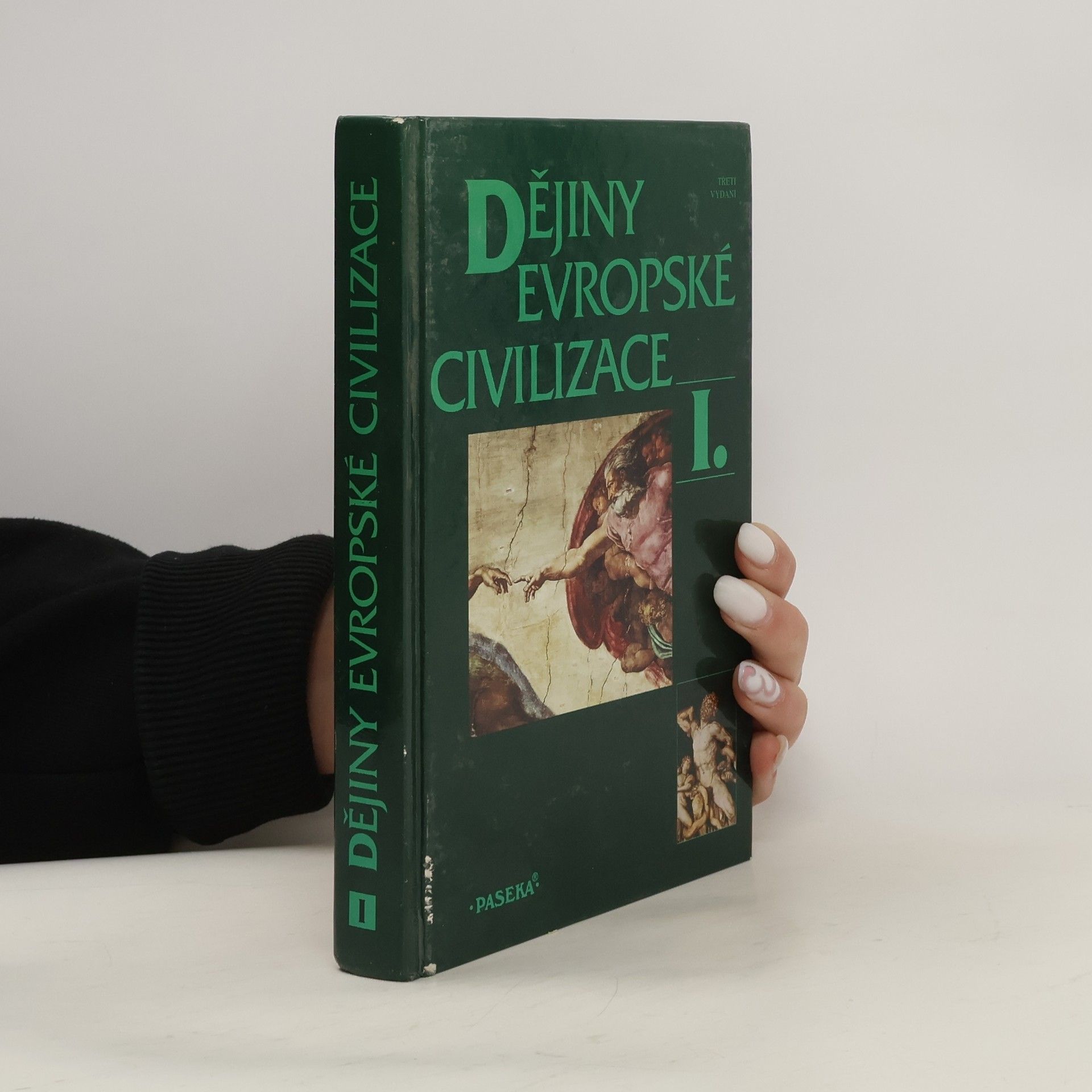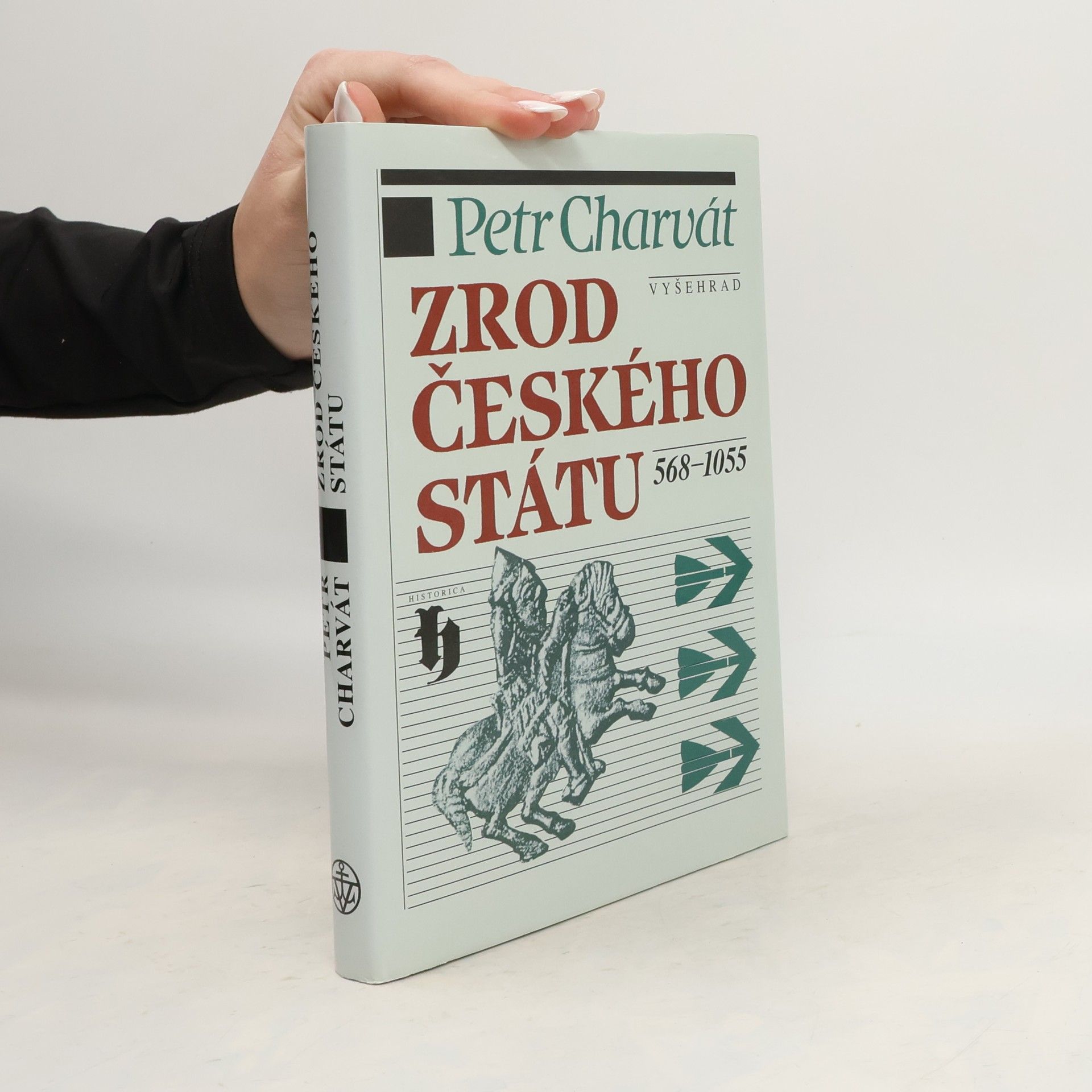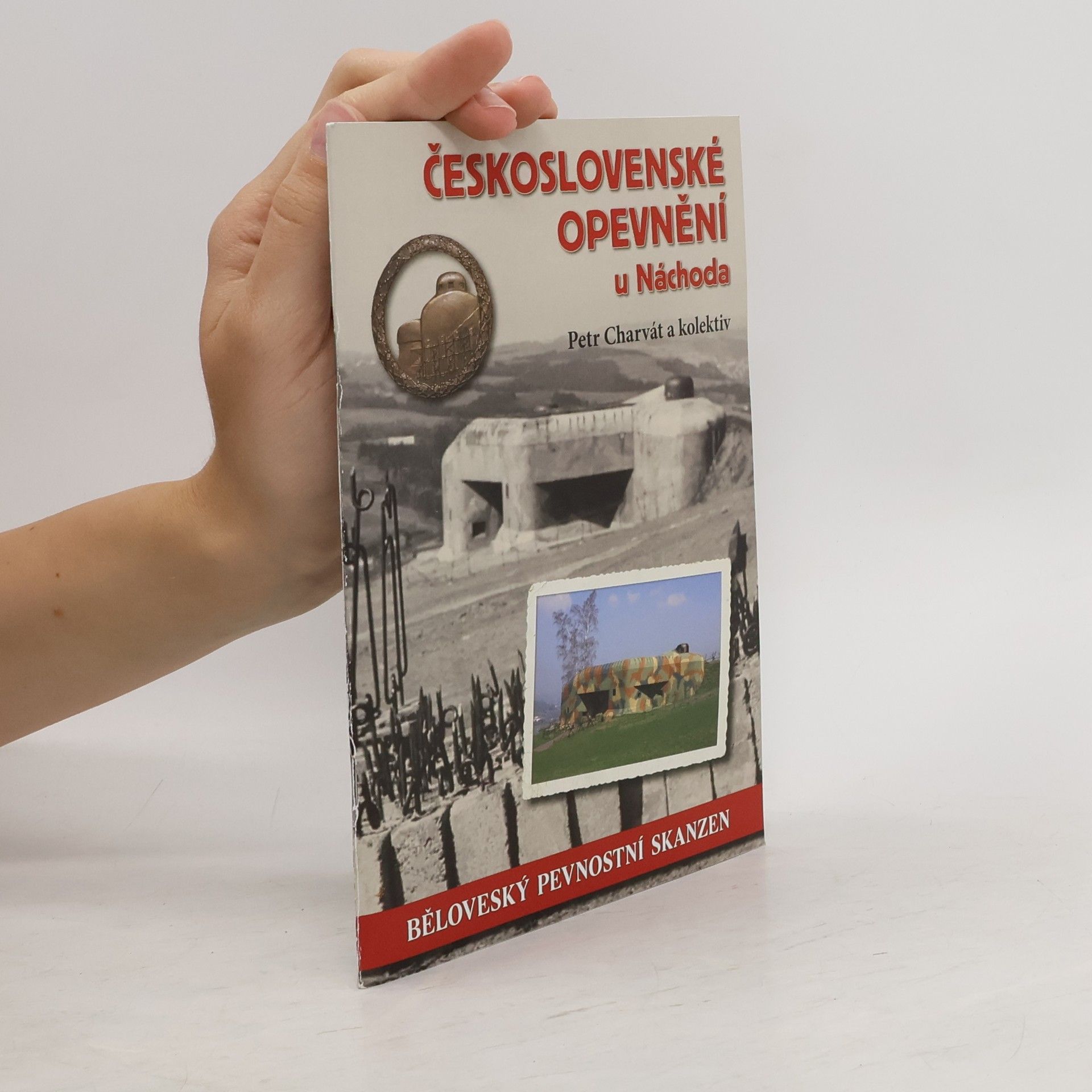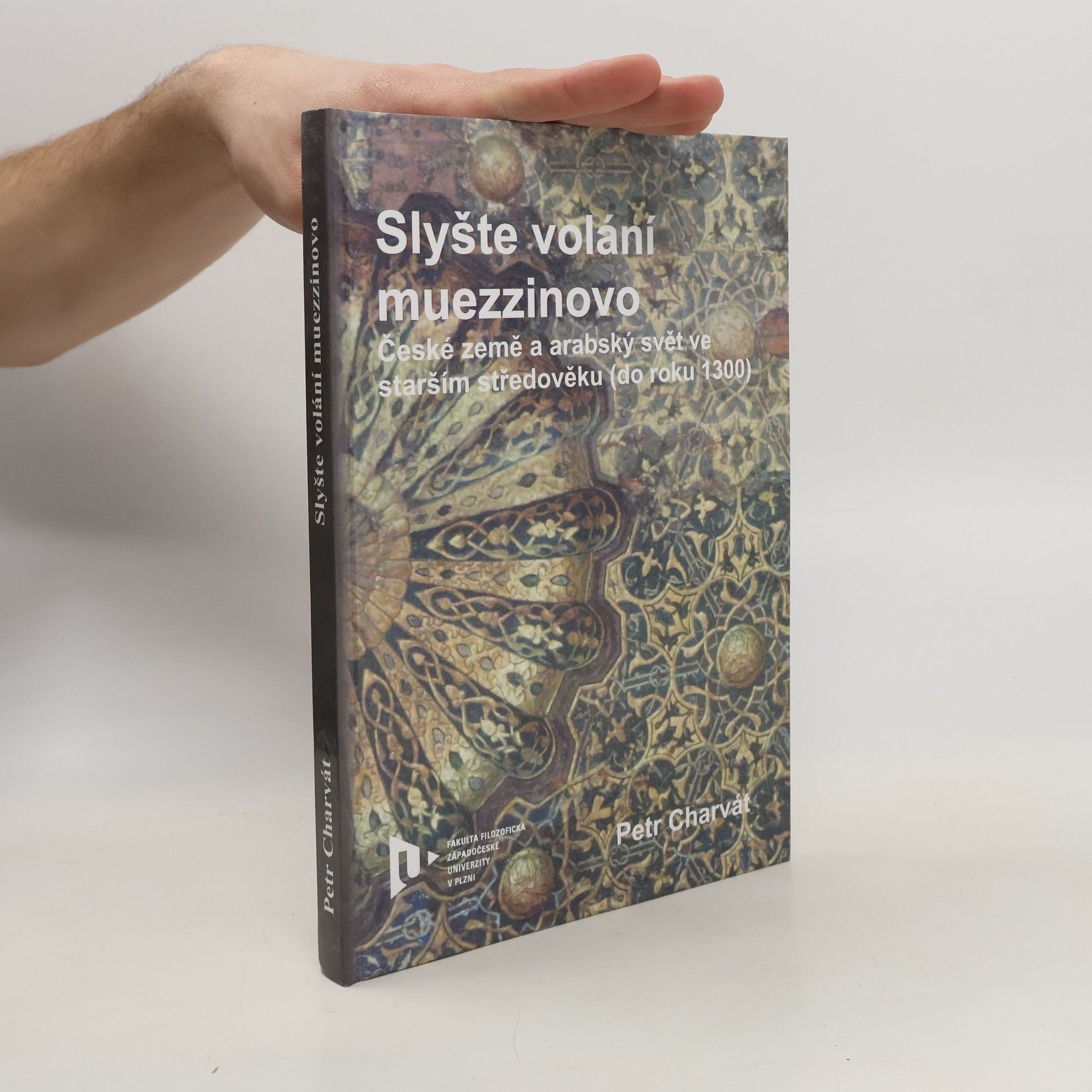Dějiny Sýrie
- 692 pages
- 25 hours of reading
Sýrie má společně s Egyptem a Mezopotámií jednu z nejdelších souvislých historií a její dějiny sahají až k samému prahu lidské civilizace. Geopolitická poloha na okraji velkých starověkých říší ji předurčila k tomu, aby se stala kolbištěm mocenského zápasu. Nové období dějin otevřel vpád muslimských Arabů, kteří přinesli svůj jazyk a své náboženství. Damašek se stal hlavním městem rozsáhlé říše dynastie Umajjovců, sahající od Španělska po Střední Asii. Přestože vládcové vyznávali sunnitský či šíitský islám, Sýrie si uchovala multikulturní charakter. Do moderních dějin vstoupila v rámci Osmanské říše, avšak první světová válka přinesla rozdělení historického celku, zvaného Bilád aš-Šám, do několika samostatných států. Po skončení francouzského mandátu a získání nezávislosti se střídala období parlamentní demokracie a vojenských diktatur, které uzavřelo nastolení autoritativní vlády baasistického prezidenta Háfize al-Asada. Arabské jaro uvrhlo zemi do zničující občanské války.















